Homeowners Insurance in California: Navigating Challenges and Charting a Course for Positive Change
California, the Golden State, is known for its stunning landscapes, diverse communities, and enviable climate. However, homeowners in the state face a unique set of challenges when it comes to securing insurance for their most valuable asset – their homes. The homeowners insurance market in California has been marked by turbulence, with increasing premiums, limited coverage options, and a growing risk of wildfire-related losses. Despite these challenges, there is hope on the horizon as stakeholders work towards improving the landscape and providing homeowners with the protection they need.
The Wildfire Conundrum:
One of the most pressing issues in the California homeowners insurance market is the escalating threat of wildfires. With a changing climate and a history of devastating wildfires, insurers have become increasingly cautious, resulting in a reduction of coverage options for homeowners in high-risk areas. Some homeowners are even facing non-renewal of their policies, leaving them vulnerable and scrambling for alternatives.
Rising Premiums:
Another major concern for California homeowners is the skyrocketing cost of insurance premiums. Insurers argue that the increased risk of natural disasters, especially wildfires, justifies the need for higher premiums. However, this has placed a significant financial burden on homeowners, making it increasingly difficult for them to afford the necessary coverage to protect their homes.
Limited Coverage Options:
The homeowners insurance market in California is also characterized by limited coverage options, especially for those living in high-risk areas. Many insurers are scaling back coverage or excluding specific perils, leaving homeowners exposed to substantial financial risks. This lack of comprehensive coverage options has fueled frustration and anxiety among homeowners who feel they are left with little choice in the face of an uncertain future.
Efforts for Improvement:
Despite the challenges, there are encouraging signs of change and improvement in the California homeowners insurance market. Several stakeholders, including government agencies, insurance companies, and advocacy groups, are actively engaged in finding solutions to create a more stable and inclusive market.
Government Initiatives: State regulators are working to create a more stable insurance market by implementing regulations that ensure fair pricing and access to coverage. The California Department of Insurance is actively engaged in advocating for policyholders and encouraging insurers to adopt more equitable practices.
Innovative Insurance Models: Some insurance companies are exploring innovative models that leverage technology and data analytics to better assess and manage risks. By using advanced technology, insurers can more accurately evaluate individual property risks, potentially leading to more reasonable premiums and broader coverage options.
Community Engagement: Community-based initiatives and grassroots movements are gaining momentum, with homeowners actively participating in discussions about insurance challenges. This collective voice is helping to shape policies and regulations that better address the needs of California residents.
Climate Resilience Efforts: California is investing in climate resilience efforts to mitigate the impact of natural disasters. These initiatives, including wildfire prevention measures and sustainable land management practices, aim to reduce the frequency and severity of catastrophic events, thereby decreasing the risk for insurers and making coverage more accessible.
Conclusion:
While the challenges in the California homeowners insurance market are undeniable, there is hope for improvement on the horizon. As stakeholders collaborate and innovate, there is an opportunity to create a more resilient and inclusive insurance market that adequately protects California homeowners. By addressing the unique risks posed by wildfires, implementing fair pricing strategies, and fostering community engagement, the Golden State can emerge from the shadows of uncertainty into a brighter, more secure future for homeowners.

